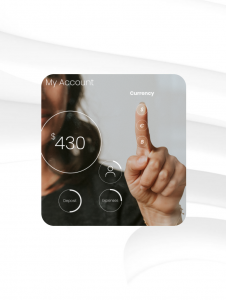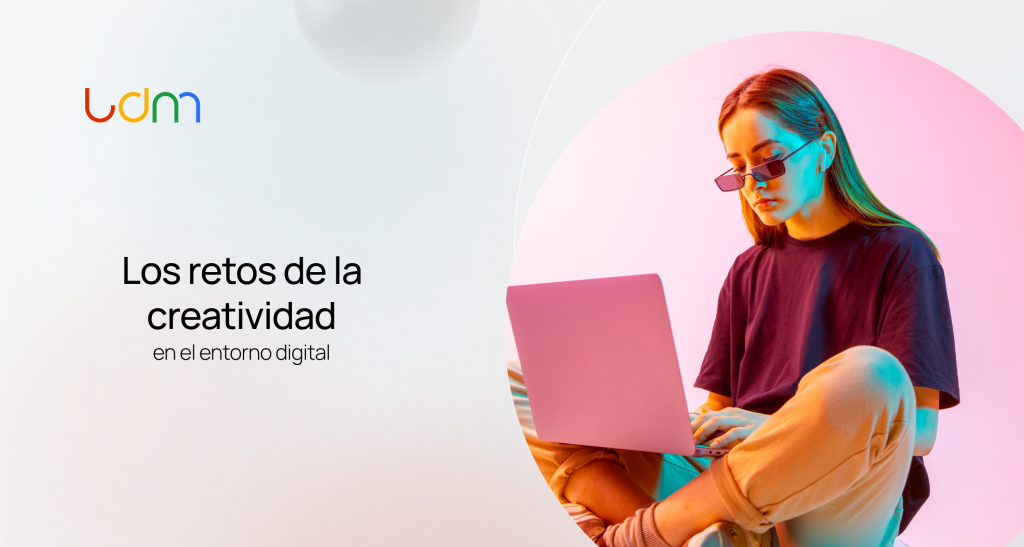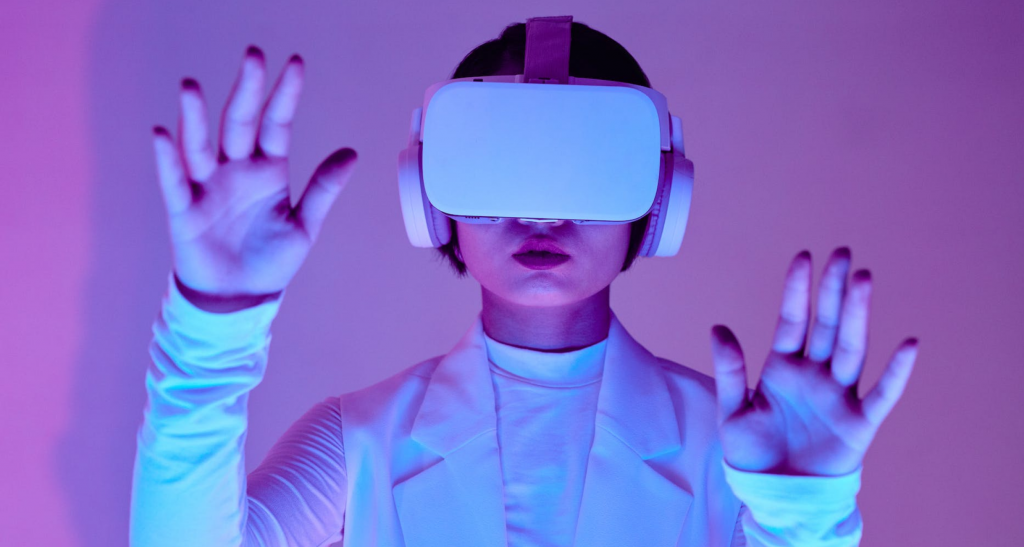Creativity challenges in the digital environment

Data Management: the new journey of demand generation
28 Jun 2023
In the digital era, creativity has become a key factor for the success of companies, as they increasingly require creativity to face the challenges that arise and take advantage of the opportunities offered by the digital world. It is essential to convey messages according to the audiences and their needs, at a specific time, because we know new trends and tools emerge everyday.

Brands must bet on reaching their audiences in a creative way, leaving aside the traditional, because among so many options in the market, if they do not solve a real need and fail to connect with their audience, they will hardly be considered. This is why narrative, personalization and immediacy have become necessary elements for the success of companies.
The digital environment presents a series of challenges that require creative approaches.
- Content saturation: Today, the amount of content available in the digital environment is overwhelming. Users are exposed to a constant saturation of information, which sometimes makes it difficult for brands to stand out from the crowd. To overcome this, it is necessary to focus on quality over quantity. Relying on originality, storytelling and personalization are key elements to capture the audience’s attention in the midst of digital noise.
- Low user attention: In this digital and technological era, users’ attention is fragmented and fleeting. Creativity must adapt to this, creating short, impactful and easy-to-consume content. Mixing images, short videos and messages with very little text captures and holds the audience’s attention.
- Audience interaction: Creating a brand-user relationship and providing the possibility to interact and actively participate is very valuable for the new generations. However, it is not always easy and there must be a creative strategy behind it. This should be leveraged to engage the audience in a meaningful way through immersive and unique experiences. Encouraging active participation promotes loyalty and generates a sense of belonging.

- Artificial intelligence and other tools: The exponential growth of AI and the emergence of new tools have opened the dialogue about their impact on creativity. The challenge lies in understanding and effectively using these technologies, while maintaining a balance between automation and human intervention, as we must remember that creativity and originality are unique attributes of humans. These tools can be leveraged for a variety of purposes, such as data analysis, personalization, content generation, etc.
- Change and trends: Keeping up to date with the latest trends and tools is crucial to make the most of the opportunities offered by the digital environment. It is important to be aware of technological advances, new platforms and changes in the algorithms of social networks; this allows you to anticipate changes and adapt quickly. However, these trends must be carefully evaluated and decide which ones are relevant and aligned with the values and objectives of each brand.

These are just some of the challenges of creativity in the digital environment. We must remember that with the right strategies, it is possible to overcome them and make the most of the opportunities they provide. Each of these challenges requires focus, adaptability and strategy.
Today, finding creative solutions is critical to stand out from the crowd, connect with the audience and make a real impact. Understanding and capitalizing on these challenges allows you to explore innovation and take your ideas to the next level to make your mark in the digital environment.




